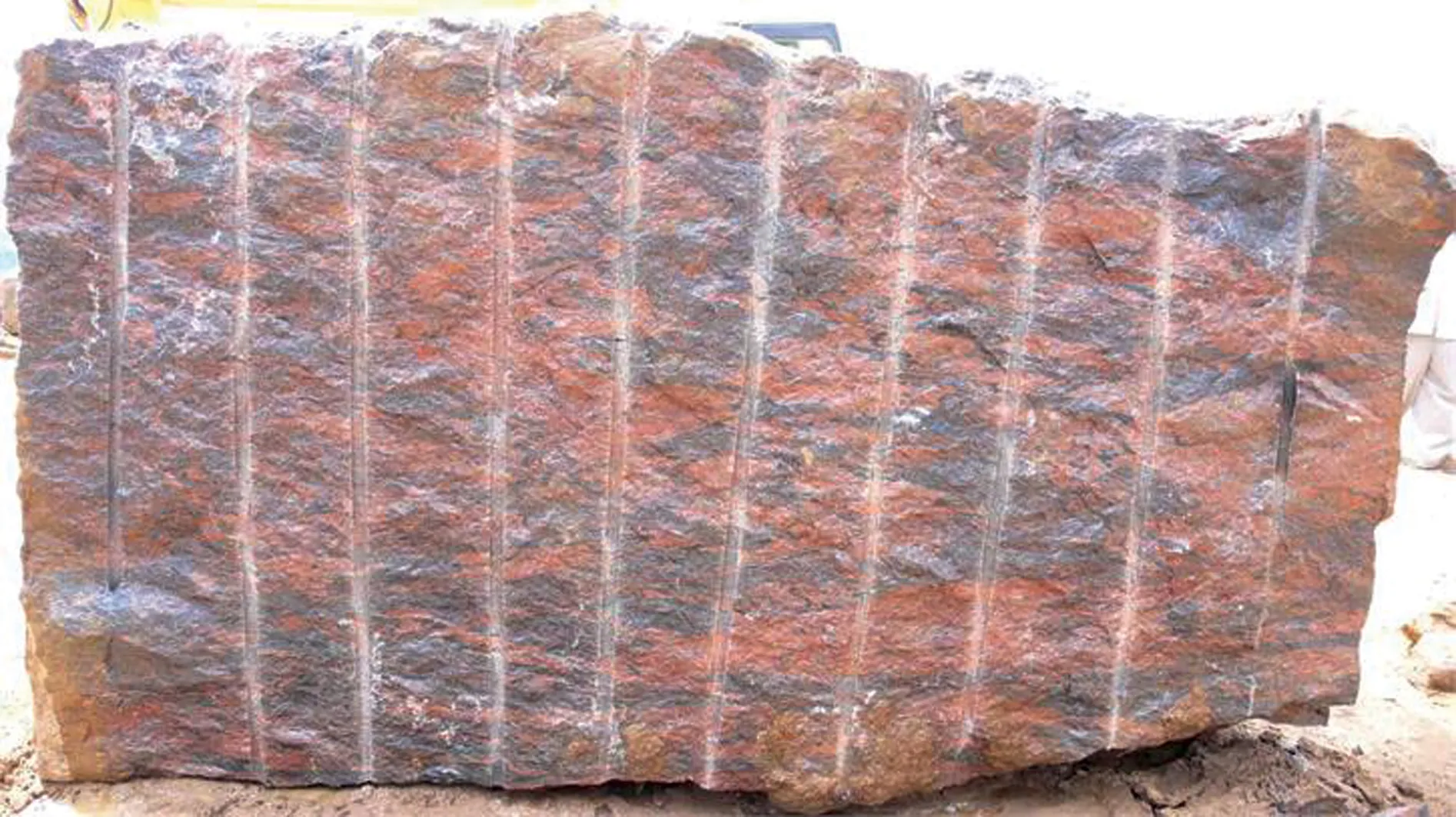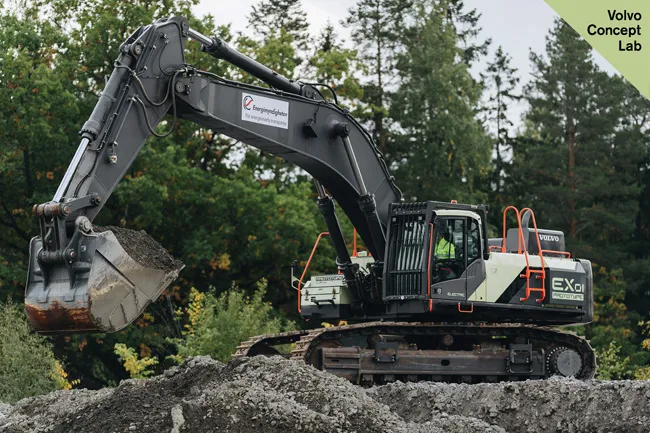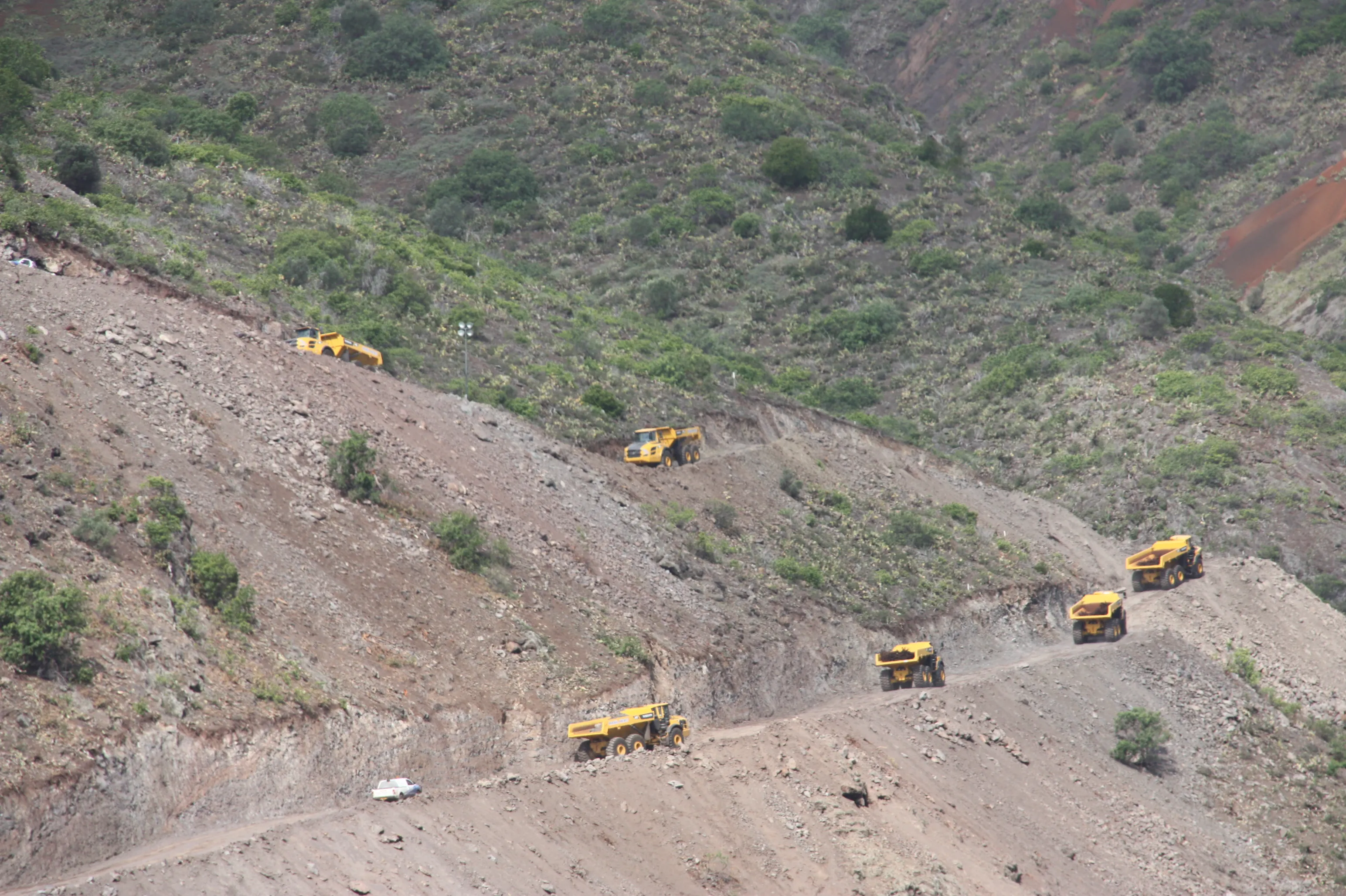Rare Indian red granite is being extracted from four granite quarries across 24hectares of land in the south Indian villages of Purthagere and Kadur According to legend, Ilkal granite (also known as Cat’s Eye granite) was first discovered 2,000 years ago, but remained a little known rarity for two millennia. This all changed in 1983 when rich deposits were discovered in a small corner of south-west India, allowing Ilkal granite to be exploited for its beauty and decorative worth.
June 25, 2013
Read time: 3 mins

Rare Indian red granite is being extracted from four granite quarries across 24hectares of land in the south Indian villages of Purthagere and Kadur
According to legend, Ilkal granite (also known as Cat’s Eye granite) was first discovered 2,000 years ago, but remained a little known rarity for two millennia.This all changed in 1983 when rich deposits were discovered in a small corner of south-west India, allowing Ilkal granite to be exploited for its beauty and decorative worth.
The Purthagere and Kadur villages are surrounded by some of the wildest mountain scenery in the region. This is where
The company has been able to harvest this valuable natural resource for building and construction purposes, not just in India, but all over the world.
First established in 1987 under the name of National Granites, in the Bagalkot District of Karnataka, the company has paved its way to success in the granite field by pursuing quality granite materials and by adding ancillaries over a decade. From a small quarry in south-east Bagalkot, Karnataka, the business has expanded and it now operates across four large quarries, creating a wealth of jobs in surrounding villages. About 150 employees are dedicated to efficient quarrying operations.
The company, along with two other international partners, has been the backbone for quality control of rough granite blocks supplied to Taiwan and China. It is able to achieve monthly procurements of more than 1,500m3 of almost all types and colours of the stone.
The granite blocks are cut and polished for use in flooring, cladding, kitchens, bathrooms, memorials, statues, and more.
None of this would be possible, however, without the company’s fleet of excavators and wheeled loaders.
Quarries to castles
Dolphin International is Volvo CE’s first Indian customer to take delivery of a Volvo EC480 excavator machine having bought its first construction equipment from Volvo CE in 2004.
Today the company owns seven machines, those being an EC480 DL excavator, three EC240s, two EC290s, and an L220F wheeled loader.
“We needed an excavator that could extract granite blocks of up to 45tonnes,” said Badrinath Kandkur, partner at Dolphin International. “That’s no mean feat, but our EC480 makes it look like child’s play.”
Added value
Kandkur said that productivity has shot up by more than 25% since the EC480 was first brought into service.Fuel consumption is just over 30litres/hour, and the company soon plans to add four more EC480s to its fleet.
“We have achieved remarkable success over the past 10 years due to the uncompromising quality and dedicated teamwork of our staff,” said Kandkur.
“But we also need to thank Volvo for the outstanding quality and reliability of its equipment and its professional yet personalised service.”
At Dolphin International the order books are overflowing and yet the company is still able to honour its contracts on time.
Every Volvo in its seven-strong fleet is hard at work in the quarries every day.
“Getting big orders is the easy part. It’s only when you deliver the granite that you realise its true value,” said Kandkur.







